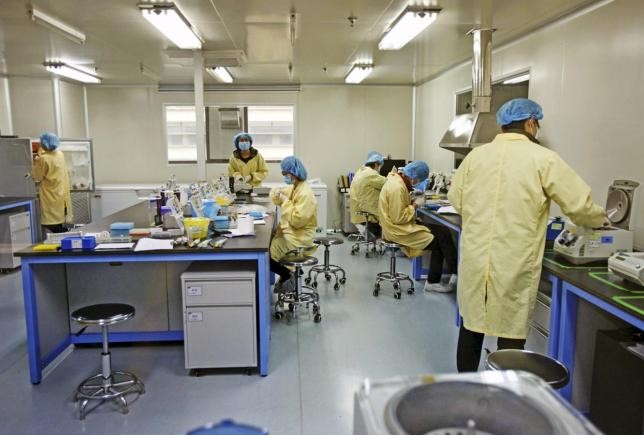Nature magazine has recently featured in its online edition 10 of China’s top scientists who have made valuable contributions in their fields, the Xinhua News Agency reported.
Among them is Wang Yifang, director of the Beijing-based Institute of High Energy Physics. Wang aims to build a 50km to 100km circular particle collider that will replace the 27km-circumference Large Hadron Collider (LHC) of the CERN (the European Organization for Nuclear Research).
Wang's project has two machines. One is a machine that will start exploring the Higgs particle in 2028, and the other one will be at the same tunnel which will split particles with up to seven times the energy of the LHC. The project will need a huge funding from the government, the report said.
Wu Ji, director-general of China's National Space Science Center, was also included in the list. Wu has placed scientific discovery as the focus of China's space program through space-science missions.
Another scientist in the list is Lu Chaoyang, who played a major role in the country's quest to lead in quantum-information technology. He is best known for his work on "entanglement," in which different particles in quantum states are linked regardless of the distance between them. He wished to further develop quantum entanglement for use in computations.
The list also included the country's four biologists: Gao Caixia, who pioneered the use of CRISPR-Cas9 gene-editing technique in crops, specifically wheat and rice; Yan Nieng, a structural biologist who worked on determining the structures of proteins within the cells' plasma membranes; Nancy Ip, who led the research on basic neural biology and translational research for brain health; and geneticist Fu Qiaomei whose work helped revise the history of Asia's first modern humans.
Chen Jining, minister of China's Environmental Protection was also included in the list for leading the government's efforts to ensure that local officials and companies comply with rules on pollution and industrial development.
Qin Weijia, executive deputy director of the Chinese Arctic and Antarctic Administration, was also cited for uncovering the history of the Antarctic ice sheets.
Cui Weicheng, a scientist working at Shanghai Ocean University, was also featured for his quest to reach the deepest place on Earth, which is the Mariana Trench, measuring 11,000 meters below sea level.
"These 10 individuals highlight the breadth and promise of innovation in China as the country continues its strong push to become a leader in science," Richard Monastersky, features editor for Nature, said.



























